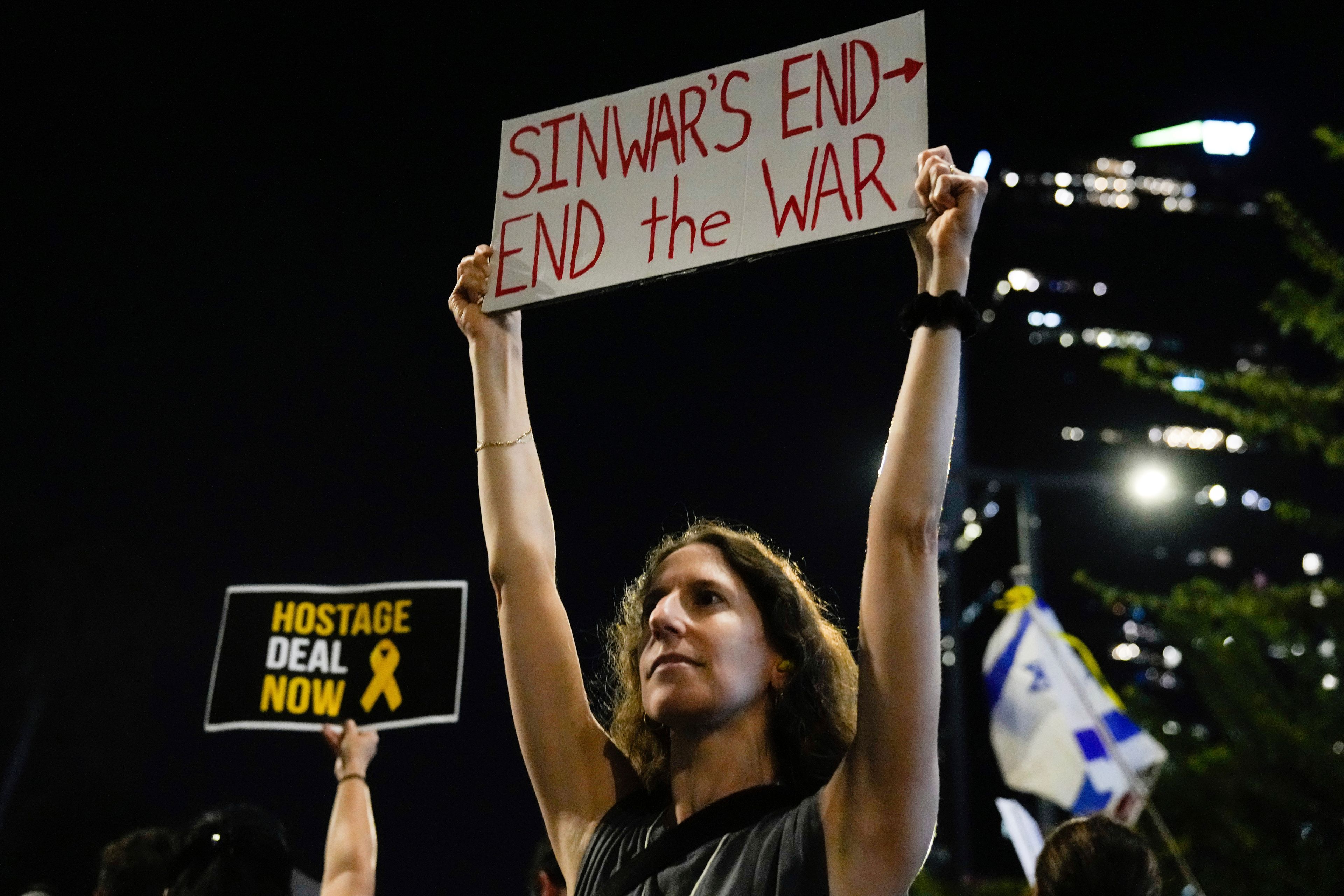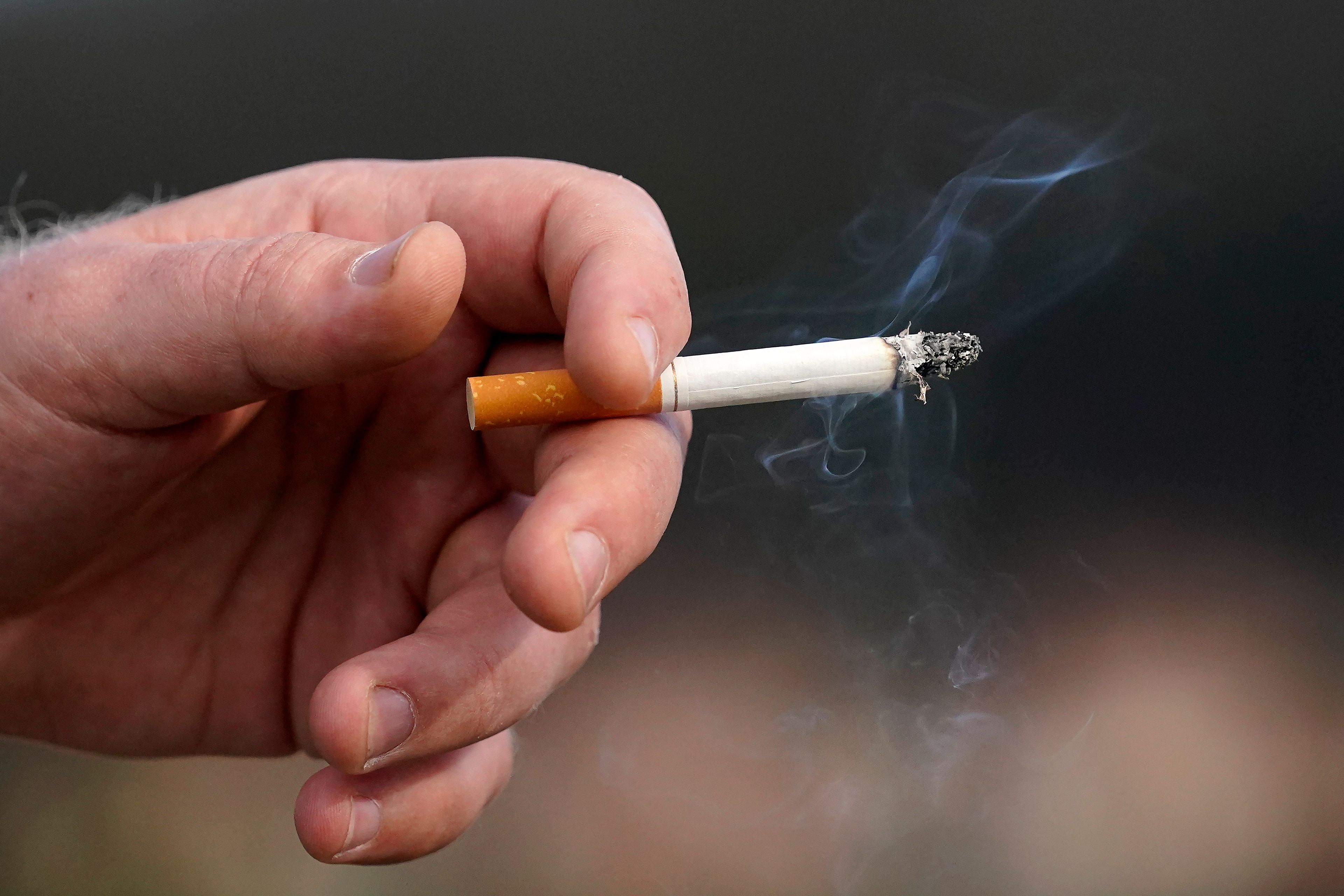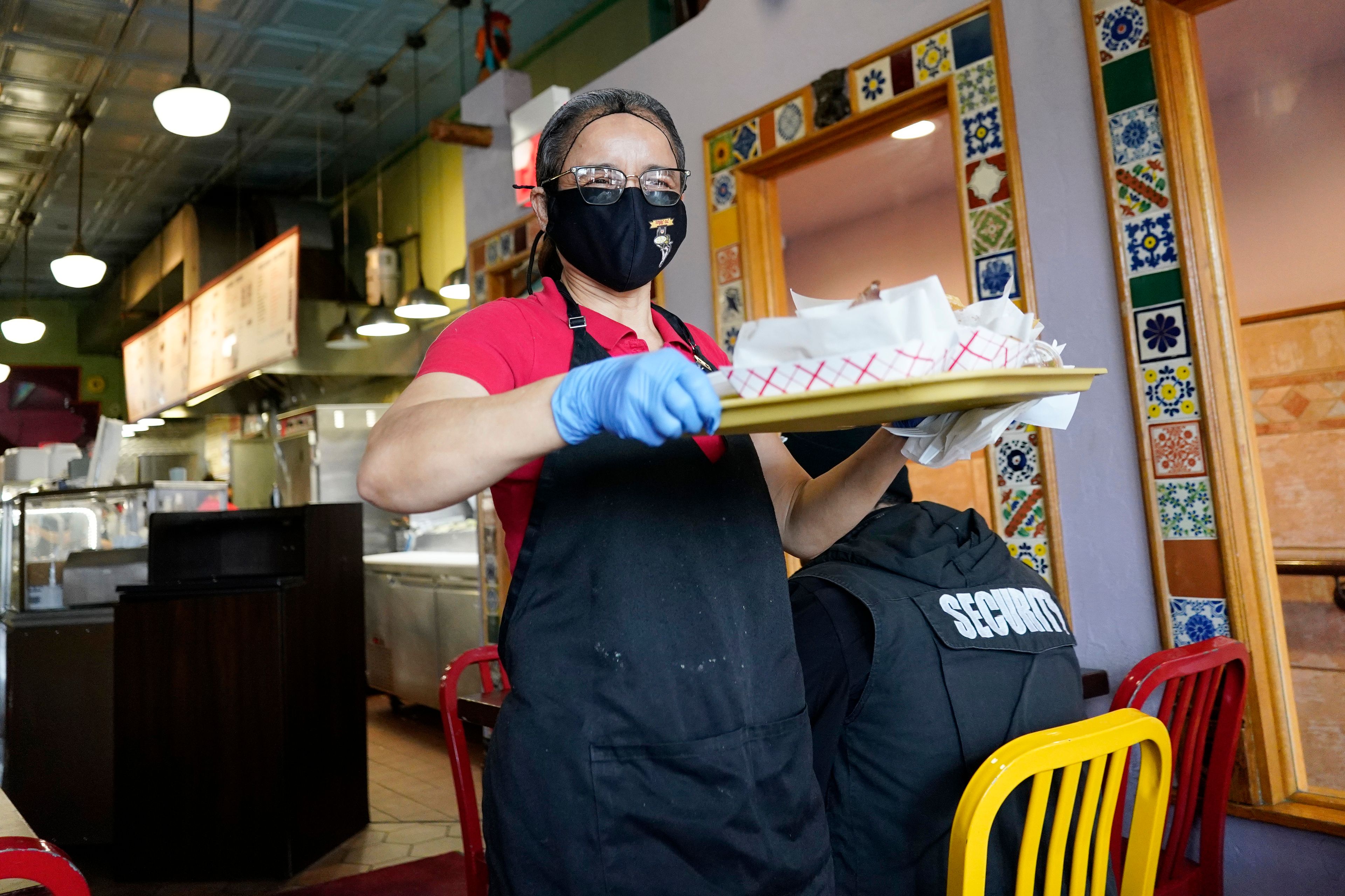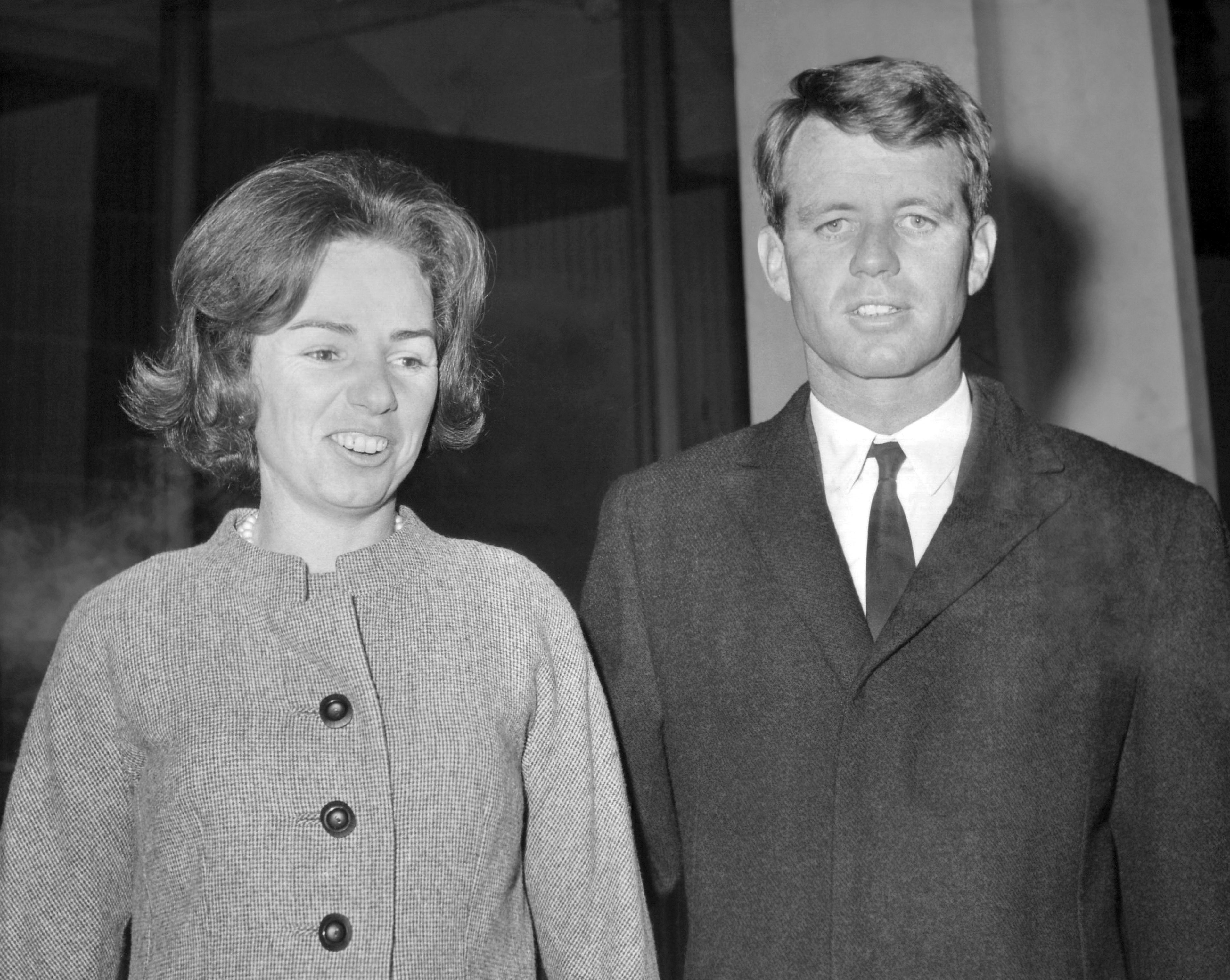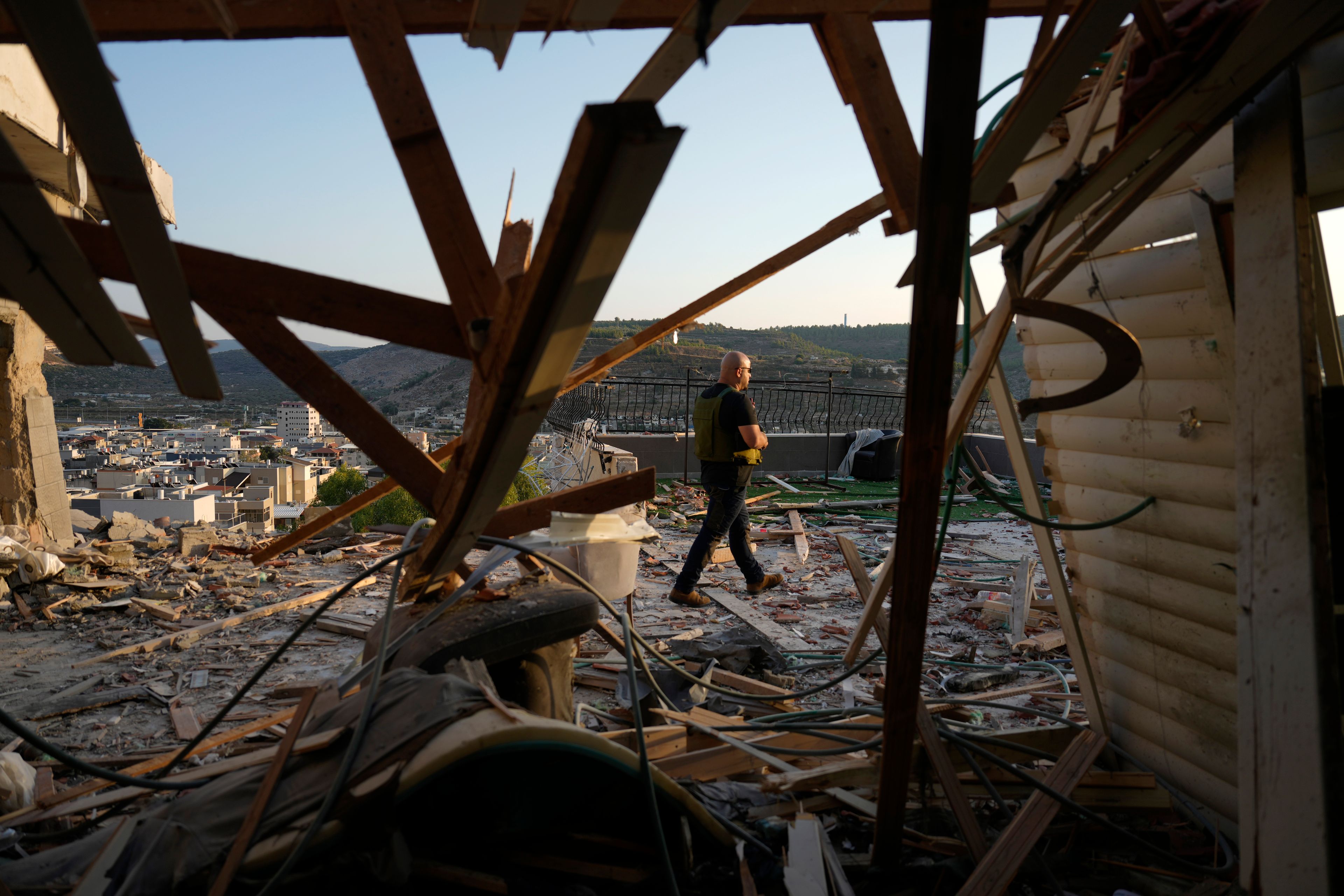Growing up during the era of peaceful protests in the 1960s and ’70s, marching and other First Amendment expressions were commonplace in Cleveland, Ohio, where I was born. As a young child, clad in an Estonian folk costume, I marched with my mother to protest the ongoing (since World War II) Russian occupation of her native Estonia.
I began standing up for equality for women in elementary school. In third grade, a group of girls led by my friend, Alyssa (now an attorney) organized to challenge the school’s policy that girls had to wear skirts to school while boys wore long pants. Many of us walked to school, and January mornings in Cleveland were damp and cold, below zero at times. A frigid wind blowing up your skirt on a frosty morning with only tights to soften the impact made for an unpleasant mile-long walk to school. Alyssa chose a day, then encouraged each girl in the class to wear pants to school. Only a few of the girls showed up in skirts that day. The school officials chose not to send us all home or sit in the principal’s office. After some stern lectures about following rules, we continued our strike against skirts until the school relented. They really had no justification for their policy except tradition.
In seventh grade, my friend Laura and I signed up for shop class, instead of home economics, to learn to use tools and create things out of wood and metal. No girl in the history of Rocky River High School had ever tried to take shop class. The principal called us and our parents into his office and deemed us troublemakers. Laura and I were quiet, well-behaved, high-achieving students, but the principal didn’t like us challenging his discriminatory rules. When we refused to back down, the principal relented and allowed us to take shop class. The teacher was a tough-talking character, who seemed uncomfortable with us being there. Once he saw Laura and I just wanted to learn, we got along fine. We continued into eighth grade taking shop. Eventually the school leadership decided it was such a good idea, why not have all students take both home economics and shop.
In my quest to wear pants to school and learn to use tools in shop class, the school leaders had no basis for their rules except “that’s what we’ve always done.” It took some young girls to say, “Wait a minute, why can’t we? That’s not fair.” Although this seemed like a big deal to me as a kid, looking back these were minor inconveniences.
In recent Black Lives Matter protests in response to George Floyd’s death in police custody, many people of color are speaking up. As a white person, fearing unfair treatment because of my skin color is unimaginable. I listen to people’s stories and try to understand other their experiences.
Paying attention only to sensational news stories that focus on rioting, property damage and looting misses the point that most of the gatherings are peaceful. Our country is in a time of turbulence, with more people across the country taking to the streets than most of us have seen in our lifetime. I hope that more of us will acknowledge our own biases and we can move forward as a country.
— Norma Staaf, 58, of Harpster

